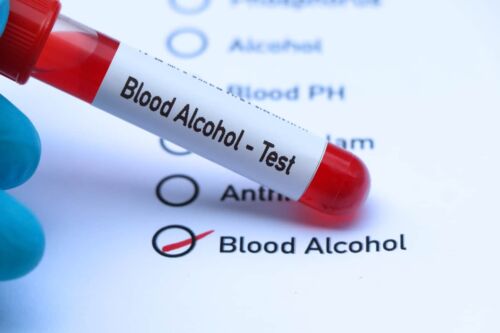Menu



In most DUI cases, a chemical test is taken anywhere from 15 minutes to a few hours after a vehicle has been stopped. Retrograde extrapolation is a forensic technique that can be used to predict what the driver’s blood alcohol content (BAC) would have been when they were operating the vehicle — rather than at the time the sample was taken. If you were charged with a DUI, it’s essential to understand the basics of the retrograde extrapolation process and how it may apply in your case.
Retrograde extrapolation is a scientific method that can be used to estimate a driver’s blood alcohol content (BAC) at the time they were allegedly operating a vehicle under the influence of alcohol. This is in contrast with a driver’s BAC measurement from the time the sample was obtained. Simply put, the retrograde extrapolation method works backward to determine whether a driver’s BAC was over the legal limit at the time they were driving.
Retrograde extrapolation can have a substantial impact on a DUI case. Critically, since blood alcohol content can increase and decrease over time, the outcome of a case often hinges upon this evidence. Either the prosecution or defense may seek to introduce expert testimony from a forensic toxicologist concerning retrograde extrapolation. Both sides can even bring in their own experts — using an expert with a conflicting opinion can cast doubt upon the opposing expert’s credibility in the eyes of the jury.
If retrograde extrapolation reveals that the driver’s BAC was .08% or higher at the time the incident occurred, the prosecution has strong evidence in support of the charges they brought. For the defense, a BAC lower than the legal limit at the time of driving can lead to an acquittal. Significantly, there are a number of strategies a defendant can use to challenge the prosecution’s retrograde extrapolation evidence.
The retrograde extrapolation method calculates the elimination rate of alcohol, the absorbing time, and the metabolic rate. However, there are also a variety of individual and consumption factors that must be taken into consideration. The method starts with using the initial BAC test results and incorporates the alcohol absorption rate into the bloodstream, along with the BAC decline rate. Effectively, it works backward from the original BAC test result to estimate the driver’s BAC at an earlier time.
While a driver’s BAC typically falls .015% per hour, the rate at which it decreases can vary based on individual factors such as weight, gender, and metabolism. Factors such as body composition, food consumption, and liver health can also influence how quickly a driver’s BAC decreases. A higher body fat percentage means less water in the body, which can lead to a higher BAC. Certain medications can also affect BAC by changing how quickly alcohol is absorbed into the bloodstream — some may interfere with the liver’s metabolic processes or even contain alcohol themselves, leading to a higher alcohol level.
Retrograde extrapolation is not without limitations. While a defendant can use this type of evidence to raise reasonable doubt regarding their BAC at the time they were driving, they can also rebut the prosecution’s retrograde extrapolation arguments. Some common ways a defendant in a DUI case can challenge the prosecution’s evidence can include the following:
In addition, Constitutional violations can be used as a defense strategy in a DUI case. For instance, if the initial traffic stop was unlawful or law enforcement failed to inform the defendant of their Miranda rights, any evidence obtained in violation of the rights infringed upon may be suppressed.
If you’ve been charged with a DUI, it’s crucial to have a knowledgeable DUI attorney by your side who can build a solid defense strategy in your case. Proudly serving accident victims in Anchorage, Soldotna, Kenai, Palmer, Fairbanks, Juneau, Wasilla, and other areas of Alaska, The Trial Guy, Eric Derleth, provides trusted representation to clients for a broad scope of criminal matters, including DUIs. Call 907-262-9164 to schedule a free consultation at our Anchorage or Soldotna office, or contact us online. Our phone lines are open 24 hours a day, seven days a week.
© 2025 Eric Derleth - Trial Lawyer, Inc.|Legal Disclaimer|Privacy Policy